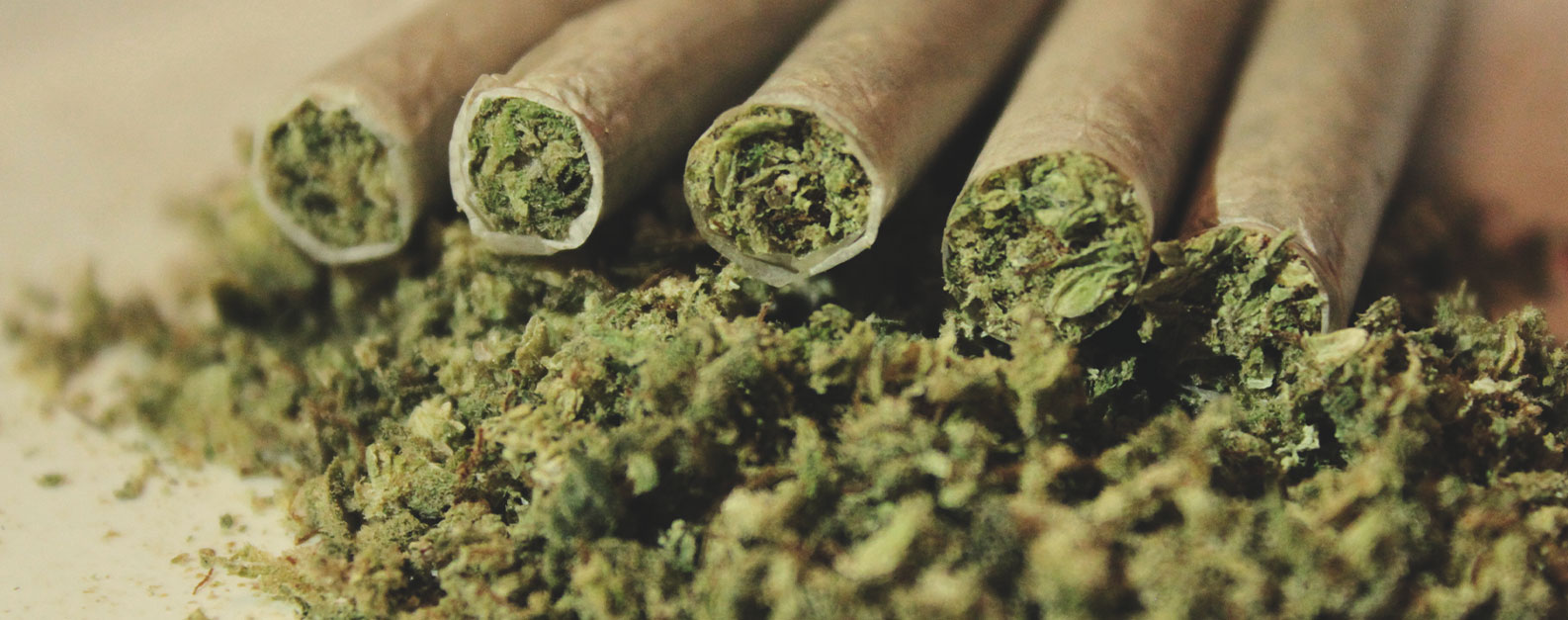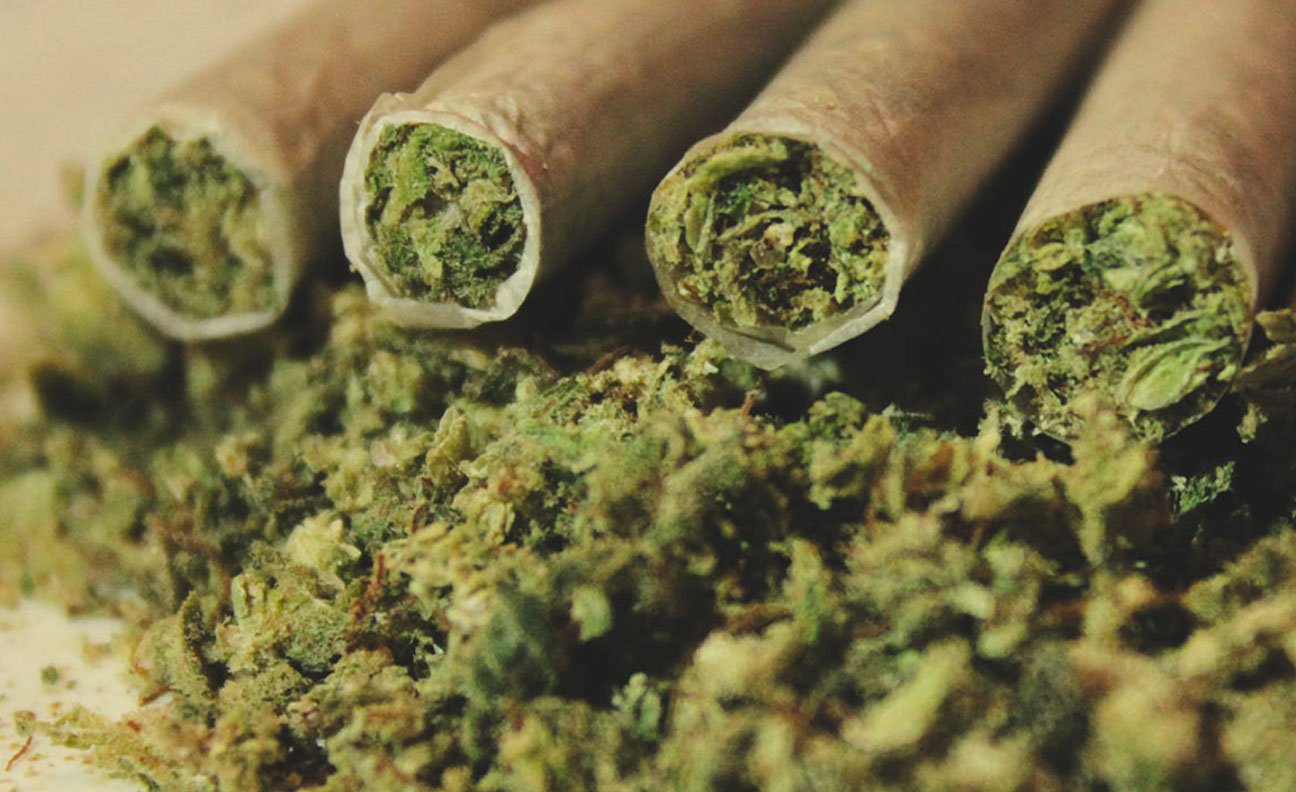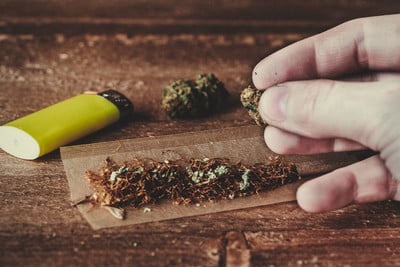.

Mixing Cannabis and Tobacco: A Greater Risk of Addiction?
Finding nicotine-free alternatives to use alongside cannabis is, for many, an important quest. Whether you want to quit smoking cigarettes or avoid getting started in the first place, separating you cannabis use from a nicotine addiction is sure to do you well.
Contents:
It’s wise to wonder whether rolling up a joint with tobacco every time you smoke is a good idea. Though common, it may be that there are better, healthier methods when it comes to consuming cannabis. Here we look at the effects of cannabis and nicotine independently, together, and assess which tobacco alternatives might be better when it comes to addiction and health.
Why Do People Mix Weed With Tobacco?
For many, especially those of us in Europe, the majority of raw cannabis flower is smoked with tobacco. There are a few reasons for this. First, it helps to achieve a consistent, even burn. Second, it helps to pack out a spliff for those who want something significant to smoke, but don’t want to smoke massive blunts. Third, many find that the harshness of tobacco improves the flavor and feel of smoking.
Could there be a fourth reason? Perhaps the addictive qualities of tobacco add to the pleasure of smoking a spliff.
Cannabis, Tobacco, and Addiction: What's the Relationship?
Addiction is a word that’s thrown around a lot. Even within conversations about addiction, we have terms such as physical, behavioural, dependency; but what do they all mean?
Alas, the jury is out. In fact, in the diagnostic and statistical manual (DSM), addiction—in the ways we mean it here—is now referred to as "substance use disorder (SUD)". This term was introduced to do away with some of the controversy surrounding the debate on physical and behavioural addiction. By diagnosing an SUD, it focuses more on the symptoms and behaviours, rather than the underlying causes—as these are myriad and interdependent.
But there are nonetheless differences between addictions, and these are not to be overlooked. Certain substances exert their most powerful addictive effects by interacting directly with neurotransmitters, specifically those involved in the brain’s reward circuitry, such as dopamine. These substances can be thought of as physically addictive.
Other substances can be thought of as causing behavioural addictions. These indirectly trigger reward circuitry, and though they can still cause addiction, tend not to have a physical dependency, and therefore don’t have the serious withdrawals associated with physical addictions. They are nevertheless real.


-
Tobacco
Tobacco: it’s no secret that it’s addictive. Indeed, it’s the key to its success! Tobacco, or rather nicotine (the constituent drug in tobacco), can absolutely be thought of as a physically addictive drug.
It causes addiction by mimicking the neurotransmitter acetylcholine, which affects muscle movement, heart rate, memory, and more. Though it may not immediately seem to fall into the category of drugs such as cocaine, nicotine is in fact a stimulant and causes arousal of the nervous system.
But how does mimicking acetylcholine cause a user to develop an addiction, or an SUD? Nicotine molecules bind to nicotinic cholinergic receptors after the substance is transported to them via the lungs and blood. Among its many effects, the most important regarding addiction is that it triggers the release of dopamine[1].
Dopamine is a naturally occurring neurotransmitter that, due to its association with addictive drugs, often gets a bad rap. Dopamine exists to teach us behaviours that are good and beneficial, thereby making us repeat them. Naturally, this evolved to make us do things like eat. But certain molecules, such as nicotine, are also able to cause a release of dopamine, creating feelings of reward and encouraging compulsive behaviours—or addiction.
-
Cannabis
Cannabis, unlike tobacco, is not considered to have greatly physically addictive qualities—although this is now being challenged[2], highlighting the need to move away from binary terms such as physical and behavioural addiction. Either way, that is not to say that someone cannot develop an SUD with cannabis. In fact, it has its own name: cannabis use disorder (CUD).
The mechanisms whereby cannabis causes addiction seem to be much more nuanced than with nicotine. At its most basic, the nicotine molecule appears to directly trigger the release of dopamine, causing an addiction. The same cannot be said for cannabis.
It seems far more likely that a much wider array of factors are at play, including neurobiological changes, genuine enjoyment of the effects, and the impact these have on a person’s preexisting mental disposition—both inherent and learned. In terms of neurobiological changes, it is suspected that heavy and continual cannabis use can cause the body's CB1 and CB2 receptors to become less receptive[3], meaning your body’s natural endocannabinoids have an unnaturally meagre effect.
How addictive cannabis may be is still not known, but it seems likely that consuming cannabis alongside highly addictive nicotine products only encourages addiction.


-
Mixing Tobacco and Weed
Much as we may be able to distinguish between substances consciously, the brain’s reward systems may not be so discriminatory. So if every time you smoke cannabis you also consume tobacco, your brain may well make the connection between the nicotine addiction and cannabis, not just tobacco.
Research into the effects of smoking cannabis and tobacco concomitantly (together) is surprisingly scarce, given how much dedicated research each substance has independently. Moreover, the potential impact tobacco could have on amplifying CUD indicates that identifying the significance of this relationship is worthy of more study.
But there is some research, such as that by Filbey, Gohel, Prashad, and Biswal[4], that suggests that the concomitant use of cannabis and tobacco together does result in unique brain states. Though they point out that this has not been replicated across all similar studies, and so it is too soon to pull definitive conclusions from their data.
What’s more, it is up for debate whether smoking cannabis alone is any better for your physiological health compared to smoking it with tobacco. It has been noted that of the roughly 4,000 chemicals in both cannabis and tobacco smoke, these are largely identical[5]. This makes it unclear whether there is any difference in the health impact of a joint (pure cannabis) compared to a spliff (weed and tobacco).
However, there is one thing we can be certain of. If smoking cannabis alongside tobacco creates a nicotine addiction, and this causes someone to then go on to smoke tobacco independently of cannabis, this will greatly increase the likelihood of negative health effects. Given that, you may well wish to find tobacco-free alternatives when it comes to smoking weed.
Alternatives to Smoking With Tobacco
Fortunately, both the ancient and the modern world provide us with tobacco alternatives to enjoy while smoking weed. In fact, you don’t necessarily need to smoke anything at all.
- Smoking Alternatives
There are a number of ways you can still smoke cannabis without inhaling tobacco. The simplest is to roll a joint. Although a “joint” can mean different things in different parts of the world, here we mean a cannabis roll-up containing only that—cannabis.
If you want to spice things up a little, though, there are a number of other substances you can burn alongside your weed, none of which contain nicotine. Some popular tobacco alternatives include:
| Kratom | Kanna | Damiana |
| Lavender | Marshmallow leaves and roots | Pretty much any kind of tea (though it might not taste very good) |
| Kratom | Kanna | Damiana |
| Lavender | Marshmallow leaves and roots | Pretty much any kind of tea (though it might not taste very good) |
- Vaping
If you want to move away from smoking entirely, you can always vape. And vaping doesn’t necessarily require you to buy oils, or e-liquids. Instead, you can buy vaporizers specifically designed for raw cannabis flower. Operating at optimal temperatures, these are a great way to get the best out of both the cannabinoids and terpenes in your cannabis of choice.
On the whole, the consensus is that vaping is healthier than smoking—though don’t think that it has no negative health effects.
- Edibles
Some people may want to leave their lungs alone entirely, devoting them to the essential job of breathing air. For these individuals, edibles are a fantastic option. By infusing your cannabis into brownies, cookies, or just about anything else, you can ingest weed without affecting your lungs at all. What’s more, this method tastes great and lasts for a very long time compared to smoking and vaping.
- Nicotine Addiction https://www.ncbi.nlm.nih.gov
- Cannabis Addiction and the Brain: a Review https://www.ncbi.nlm.nih.gov
- (PDF) CB1 and CB2 Receptor Expression and Promoter Methylation in Patients with Cannabis Dependence https://www.researchgate.net
- Differential associations of combined vs. isolated cannabis and nicotine on brain resting state networks | SpringerLink https://link.springer.com
- Comparing cannabis with tobacco https://www.ncbi.nlm.nih.gov





































